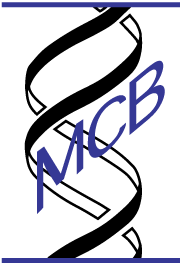Genotype to Phenotype: How is the manual read?
The human genome is produced to be used - but only by the very thing that it itself is responsible for building. It is not designed to be 'understood' by anybody. The process of attaching meaning to text, ie. reading at its most general, is a semiotic process. For genetic information, the final outcome of the semiotic process is the phenotype. Much of our general understanding of this process is restricted to the first steps, transcription and translation. These first steps share enough with the semiotics of text that we imported an appropriate vocabulary. Beyond that, analogies fail and semiotics of genetic information obeys only one fundamental rule of of living things; it all just needs to work well enough. These papers and the ideas we will talk about illustrate how difficult the 'reading' problem is and how far we still have to go.
Learning resources
- Study Guide
- Look! Your genome is chock-full of goodies ...
- ... No it's not. It's a pile of junk.
- Rinn et al (2007) Functional Demarcation of Active and Silent Chromatin Domains in Human HOX Loci by Noncoding RNAs
- Arboleda-Velasque (2019) Resistance to autosomal dominant Alzheimer’s disease in an APOE3 Christchurch homozygote: a case report
- Zalocusky (2019) An Alzheimer’s-disease-protective APOE mutation (commentary)
- Stoeger et al (2018) Large-scale investigation of the reasons why potentially important genes are ignored
- Chabris et al (2012) Most Reported Genetic Associations With General Intelligence Are Probably False Positives
- Sniekers et al (2017) Genome-wide association meta-analysis of 78,308 individuals identifies new loci and genes influencing human intelligence

